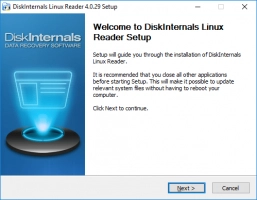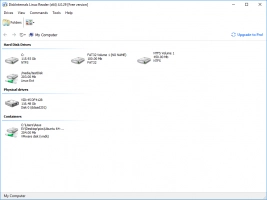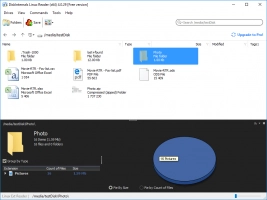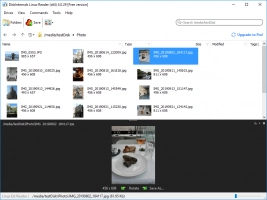Learn about Arch Linux and Arch Linux install script
Here you will find out:
- what Arch Linux is
- what Arch Linux principles are
- what Arch Linux install script is
- when DiskInternals can help you
Are you ready? Let's read!
What is Arch Linux?
Arch Linux is an independent GNU/Linux distribution for systems with x86-64 processors. It is meant to serve as a general-purpose Linux distribution. However, it follows a rolling-release model; thus, all that is needed to get the latest software version of Arch Linux is a system update. Also, the Arch team releases the installation images of the main system components every month. Arch Linux is based on 5 principles: simplicity, modernity, pragmatism, user centrality, and versatility.
Arch Linux Principles
Simplicity
The Arch Linux distribution delivers its software with minimal downstream modifications. Arch Linux avoids unacceptable upstream patches. Arch's downstream patches contain obsolete back-ported bug fixes for next releases.
Modernity
Interestingly, the Arch distribution includes a variety of cutting-edge features for GNU/Linux users. The rolling-lease model means after you install Arch, you’ll need to subsequently upgrade the software to add new features. By default, Arch incorporates the following: Systemd init system, LVM2, modern file systems, udev support, software RAID, and the newest obtainable kernels.
Pragmatism
Arch is a logical distribution: it follows an evidence-based technical analysis to make design decisions, and does not rely on popular opinions.
User centrality
The Arch distribution is more user-friendly than other distributions; it has always been a user-centric, open-source distro intended to help everyone contributing to it. Arch is actually designed for adept Linux operators or willing DIY readers that read the documentation before using it.
Versatility
As a general-purpose distribution, users are allowed to build personalized systems, choosing from different premier packages available in official Arch repositories for x86-64 systems. Arch uses Pacman, a distinctive package manager that is lightweight and fast. Users can actually upgrade an entire system with just a single command.
About the Arch Linux install script
There are quite a few ways to install Arch on a system; however, the most highly recommended installation guide is available on the official Arch Linux Wiki. Any other Arch installation guide may leave you with an error response of “incorrect installation.” Also, it is advised that you have GnuPG on your computer before launching the Arch Linux installer script. If GnuPG is not present on your computer, you may also get the “incorrect installation” error response.
One sad thing about trying alternative ways to install Arch is that the developers won't help when you get stuck. So, you should stick with the official installation guide on the Arch Linux Wiki.
Open Linux files in Windows with Linux Reader
If you're operating a dual-boot PC and you're on Windows, but you need to access some files saved on your Linux partitions, DiskInternals Linux Reader is a handy software tool that can help you out. DiskInternals Linux Reader lets you view and access all the Linux partitions on a system while operating in Windows. It has an intuitive interface and is fast in processing tasks. Also, DiskInternals Linux Reader works for virtual machines, and it is available for free.




